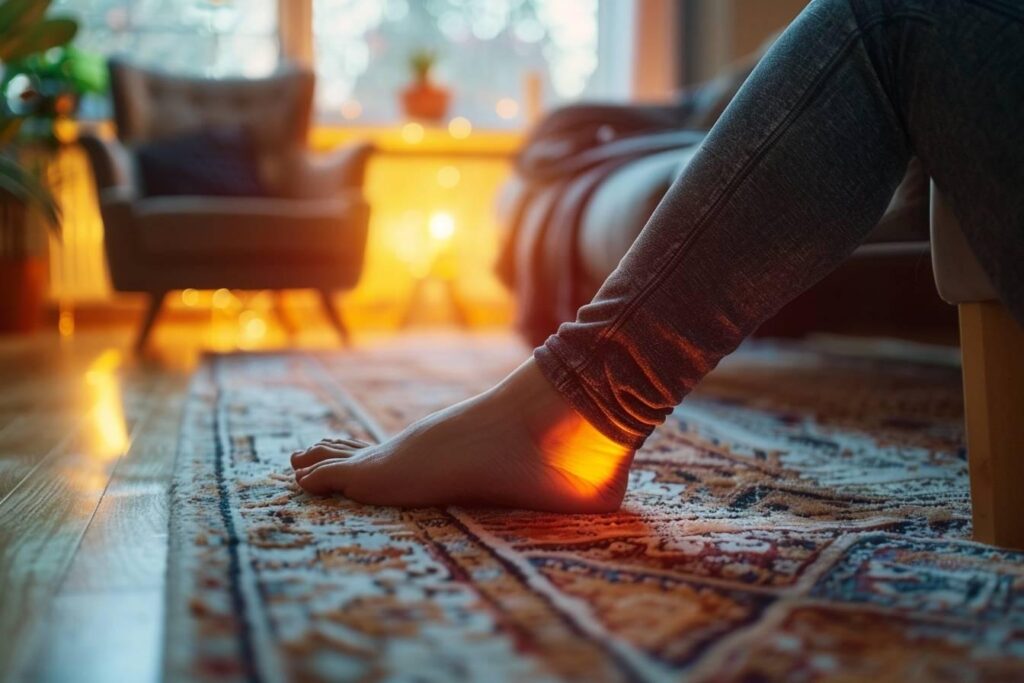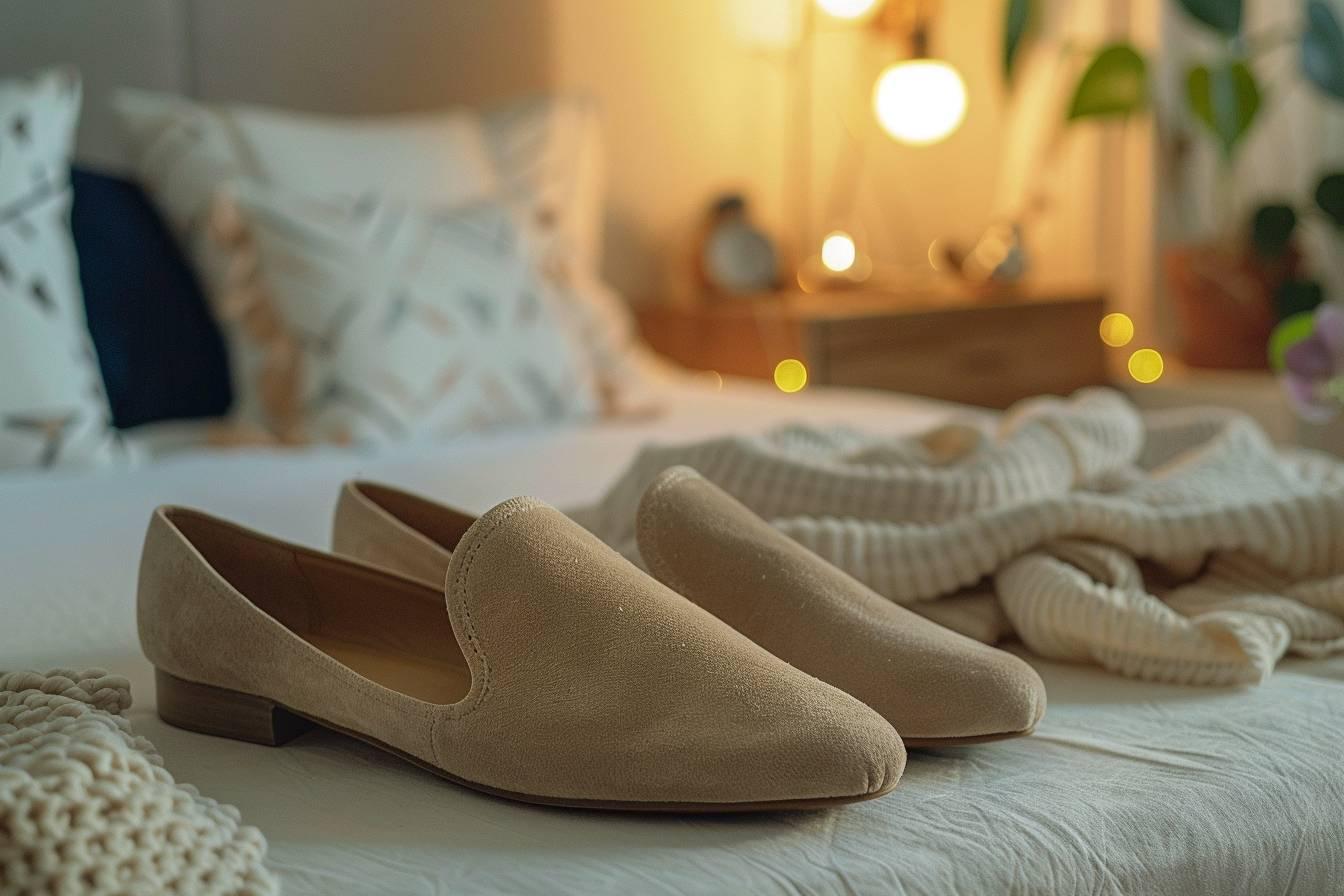Bunions can cause considerable distress and discomfort, often worsening over time. Understanding how to stop a bunion from progressing is crucial for managing pain and preventing further complications. This article offers effective strategies to prevent bunion progression and maintain optimal foot health.
Understanding bunions : causes and early prevention
Bunions are bony bumps that form at the base of the big toe, resulting from a misalignment of the joint. Several factors contribute to bunion development, including genetics, foot structure, and certain medical conditions.
Genetic predispositions
One of the primary causes of bunions is genetic predisposition. If you have a family history of bunions, your chances of developing them increase significantly. Understanding this can help you take preventive steps early on.
Foot structure and biomechanics
Structural abnormalities, such as flat feet or overly flexible joints, can exacerbate the development of bunions. Ensuring proper foot mechanics through supportive footwear and orthotic devices can help prevent these deformities.
Medical conditions influencing bunions
Certain medical conditions, like rheumatoid arthritis, can cause or worsen bunions. Managing these underlying conditions effectively can reduce the impact on your feet. Regular check-ups with a podiatrist can also help in early detection and prevention.
Choosing appropriate footwear to mitigate bunion progression
Proper footwear plays a pivotal role in preventing bunions from worsening. Here are some key considerations for selecting shoes that protect your feet and reduce bunion pain.
Opt for roomy and comfortable shoes
Shoes with a wide toe box and ample space for your toes can help reduce pressure on the bunion site. Avoiding tight or narrow shoes is essential for preventing further progression.
Supportive and cushioned insoles
Utilizing insoles with adequate arch support and cushioning can significantly alleviate the strain on your feet. These insoles help distribute pressure evenly, preventing additional stress on the bunion.
Avoid high heels and pointy shoes
High heels and pointed-toe shoes can exacerbate bunions by forcing the toes into unnatural positions. Opt for low-heeled or flat shoes with rounded toe areas to promote better foot alignment.
| Footwear Feature | Benefits |
|---|---|
| Wide toe box | Reduces pressure on bunion |
| Arch support | Promotes proper foot alignment |
| Cushioned insoles | Provides comfort and reduces strain |
| Low heels | Prevents misalignment |
Strengthening exercises and home remedies
Incorporating specific exercises and home remedies can significantly help in how to manage bunion discomfort and slow its progression.
Toe stretches and strengthening exercises
Regular toe stretches and strengthening exercises can improve the flexibility and strength of your toes and feet. Try incorporating the following exercises into your daily routine :
- Toe curls : Curl your toes and hold for a few seconds before releasing.
- Toe stretches : Use your fingers to gently pull your toes towards your nose.
- Foot rolls : Roll a tennis ball under your foot to massage and stretch the plantar fascia.
Ice therapy and pain relief
Applying ice packs to the bunion area can help reduce inflammation and pain. Wrap an ice pack in a cloth and apply it for 15-20 minutes, several times a day.
Using orthotic devices
Custom orthotic devices can provide targeted support and alleviate pressure on the bunion. Consult a podiatrist to get orthotics tailored to your foot structure.
Regular check-ups and professional interventions
Consistent monitoring and professional medical interventions are critical in preventing and managing bunion progression.
Consulting a podiatrist
A podiatrist can provide expert advice on managing bunions effectively. They may suggest treatments such as physical therapy, orthotics, or in severe cases, surgery.
Monitoring and addressing early signs
Stay vigilant about the signs of bunion progression. Early detection and treatment of symptoms can prevent further complications. Regular check-ups can ensure your treatment plan is effective and updated as needed.
In addition to bunions, other foot conditions can also impact your overall foot health. For more information on these conditions, consider reading this detailed article on Plantar Fasciitis.
Adjunct therapies and complementary treatments
Physical therapy, acupuncture, and other complementary treatments can help alleviate bunion-related discomfort. These therapies can enhance the overall effectiveness of your bunion management strategy.
Learning more about related foot conditions, like Flat Foot, can also provide valuable insights into maintaining optimal foot health.

